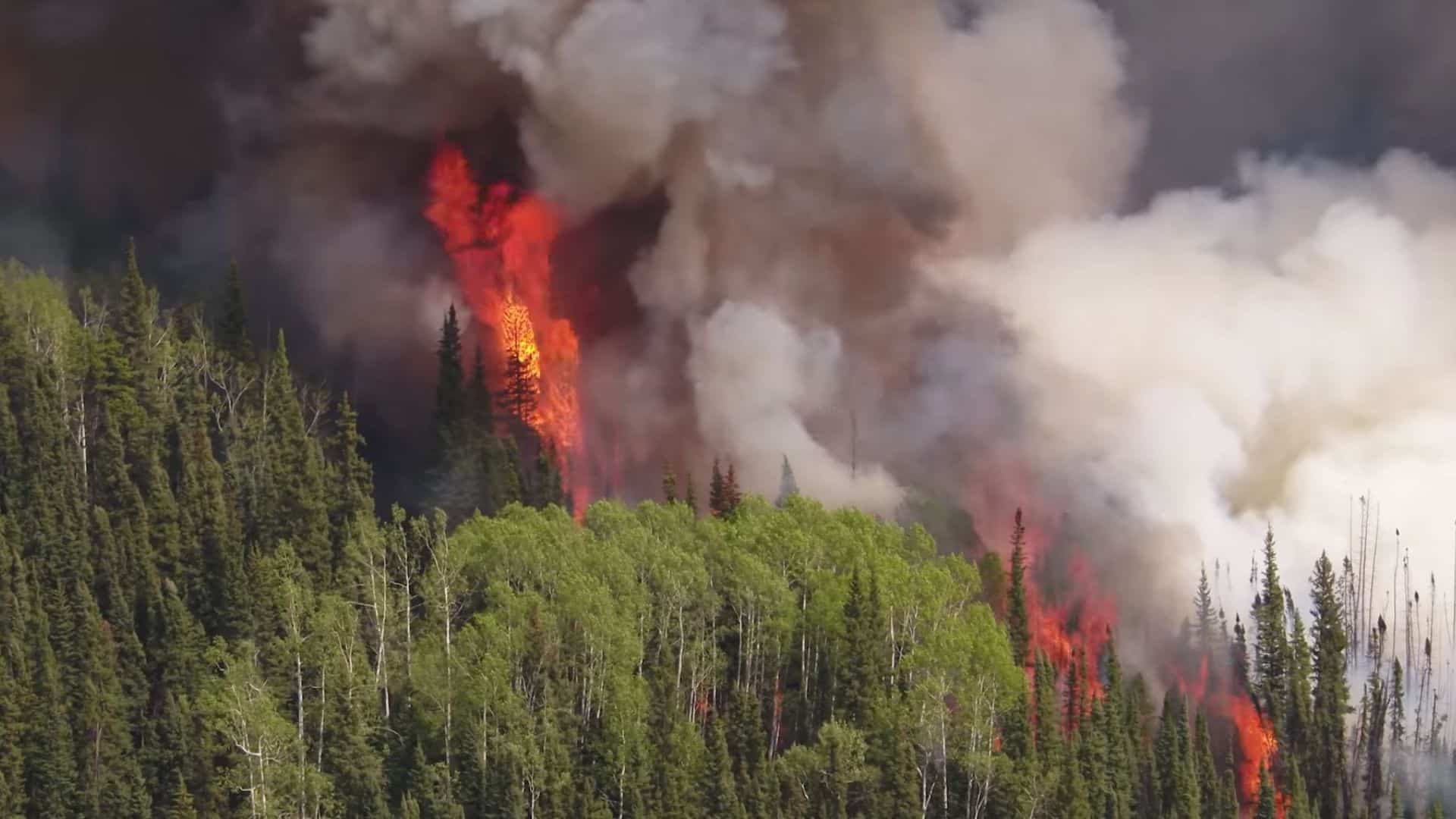Canada: A recent wildfire near Fort McMurray led to the evacuation of numerous residents, causing concern due to its resemblance to the devastating 2016 Horse River wildfire, famously known as The Beast. However, Fire Chief Jody Butz reassured the public that this current fire differs significantly. While The Beast ravaged spruce trees and decimated much of the oilsands community, the current fire burns primarily along the ground’s surface, with less fuel and generating smoke from Muskeg. Butz emphasized that their response strategies have evolved since The Beast, and they are better equipped to manage the situation.
Efforts to contain the fire involved round-the-clock work by crews, including dropping water until 3 a.m. The fire had expanded to cover 210 square kilometers and was situated approximately 4.5 kilometers from the intersection of Highway 63 and Highway 881, as well as 5.5 kilometers from the Fort McMurray landfill. Crews focused on constructing a containment line near the landfill, although minimal rainfall overnight had little impact on the fire’s progression.
The early onset of wildfire season across Western Canada has exacerbated the situation, with numerous fires forcing evacuations. In British Columbia, the northeastern community of Fort Nelson remained under evacuation as fires burned nearby. Mayor Rob Fraser urged residents against returning home, emphasizing the need for emergency crews to prioritize firefighting efforts over potential rescues.
Kevin Delgarno, director of the Structure Protection Branch, noted a positive change in the fire’s behavior, with crews working until around midnight. He expressed optimism regarding the forecast.
In Manitoba, approximately 500 individuals were evacuated from Cranberry Portage, highlighting the widespread impact of wildfires in the region. Overall, despite the challenges posed by these fires, coordinated efforts by emergency responders aim to mitigate their effects and ensure the safety of affected communities.


